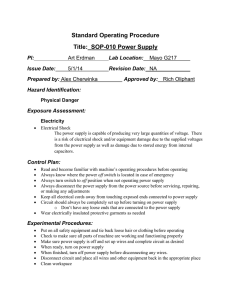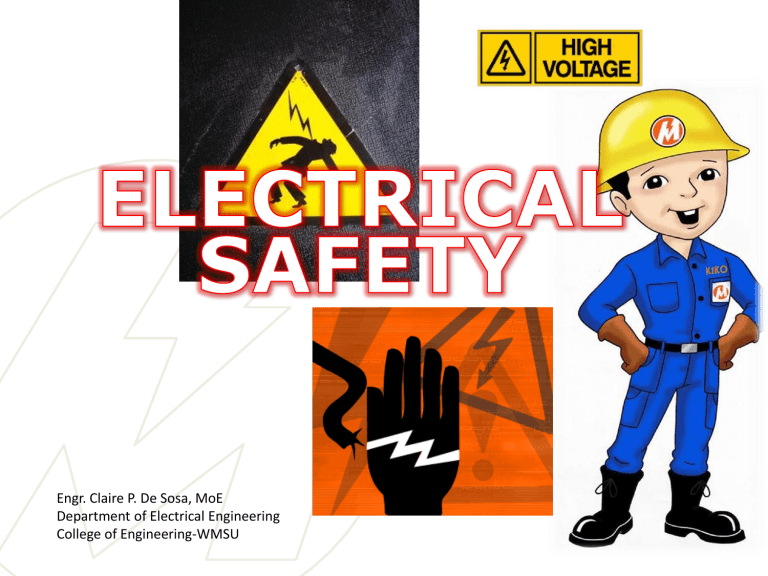
Engr. Claire P. De Sosa, MoE Department of Electrical Engineering College of Engineering-WMSU ELECTRICAL SAFETY HAZARDS AWARENESS •ELECTRICAL CURRENT •SAFE WORK PRACTICES •ELECTRICAL EMERGENCIES • most commonly recognized hazard is electrical shock. • The second type of hazard is electrical burns • and the third is the effects of blasts which include pressure impact, flying particles from vaporized conductors and first breath considerations. • Electric shock occurs when the body becomes part of an electrical circuit It can happen in 3 ways: a. A person may come in contact with both conductors in a circuit. b. A person may provide a path between an ungrounded conductor and the ground. c. A person may provide a path between the ground and a conducting material that is in contact with an ungrounded conductor. Gallons, liters (volume) Gallon/min Ampere volts • In transmission-line terminology, "low voltage" is much higher than the 600 volts. • The extent of injury accompanying electric shock depends on three factors. a. The amount of current conducted through the body. b. The path of the current through the body. c. The length of time a person is subjected to the current. Note: The amount of the current depends on the potential difference and the resistance. the potential An electric shock can injure you in either or both of the following. • A severe shock can stop the heart or the breathing muscles, or both. • The heating effects of the current can cause severe burns, especially at points where the electricity enters and leaves the body. Note: Current is the killing factor in electrical shock. SAFE WORK PRACTICES “KNOWLEDGE IS POWER” “AKALA KO…”, “BAKA KASI…. “ , “DI KO ALAM SINUNOD KO LANG YUNG UTOS NI FOREMAN…” • current is the killer not volts, you can have thousands of volts but with out flow (current) the danger is minimal. • This is the reason why we can conduct live line works “ DO THE RIGHT THING THE FIRST TIME” THERE MAY NO BE SECOND TIME II. III. • circuit is dead, treat all circuit as live • Someone check it already, verify, confirm and re-check if necessary • “pwede na yan”, it should be within the standard
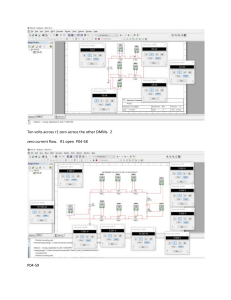
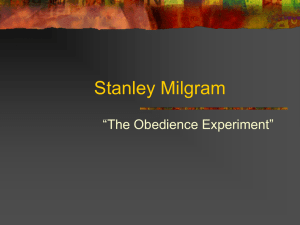
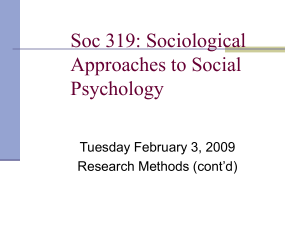

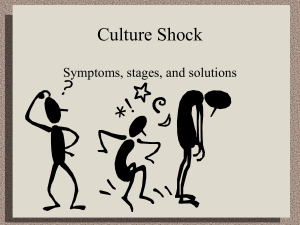
![Electrical Safety[]](http://s2.studylib.net/store/data/005402709_1-78da758a33a77d446a45dc5dd76faacd-300x300.png)

